Uncategorized
-
 Health & Medicine
Health & Medicine50 years ago, U.S. drinking water sparked health and safety concerns
The discovery of potential cancer-causing agents in tap water led to the Safe Drinking Water Act — a law that continues protecting public health.
By Karen Kwon -
 Planetary Science
Planetary ScienceA first look at rocks from the lunar farside create a volcanic mystery
Rocks returned by China’s Chang’e-6 mission suggest volcanic activity just 2.8 billion years ago but lack telltale heat-generating elements.
-
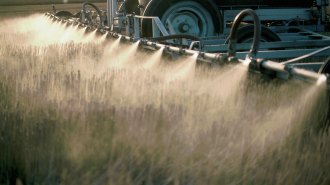 Health & Medicine
Health & Medicine22 pesticides show links to prostate cancer
The new finding comes from an analysis of pesticide use and prostate cancer incidence in over 3,100 U.S. counties.
-
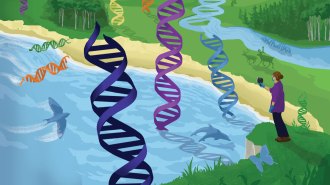 Animals
AnimalsStray DNA is all around us. It could revolutionize conservation
Environmental DNA harvested from the ocean, land and air can help scientists monitor wildlife. The challenge is figuring out how to interpret this eDNA.
-
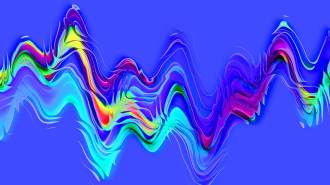 Psychology
PsychologyResearchers seek, and find, a magical illusion for the ears
A contest to design a sound-only magic trick could help psychologists learn about differences between visual and auditory perception.
-
 Health & Medicine
Health & MedicineLizard spit can help detect a rare pancreatic tumor
A protein found in Gila monster saliva flags tiny pancreatic tumors in PET scans.
-
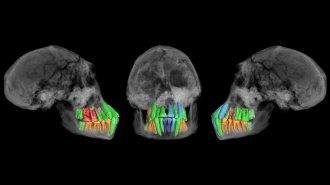 Anthropology
AnthropologyFossil teeth hint at a surprisingly early start to humans’ long childhoods
Signs of temporarily delayed tooth development in the skull of an ancient Homo species youth spark debate about the origins of humanlike growth.
By Bruce Bower -
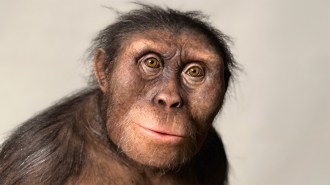 Anthropology
AnthropologyHow does a fossil become a superstar? Just ask Lucy.
Geologic good fortune, skilled scientific scrutiny and a catchy name turned Lucy into an evolutionary icon.
By Bruce Bower -
 Health & Medicine
Health & MedicineThe virus behind an outbreak in Brazil can spread from mother to fetus
Transmission of Oropouche virus to the womb has been confirmed in two stillbirths and one birth with congenital anomalies that occurred in Brazil.
-
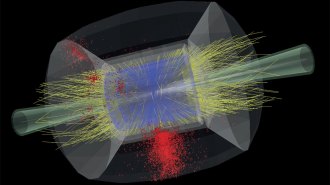 Particle Physics
Particle PhysicsAccelerated muons bring next-gen particle colliders closer to reality
Muon colliders could slam the subatomic particles together in hopes of unlocking physics secrets. Giving muons a speed boost is a crucial step.
-
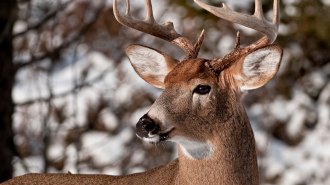 Health & Medicine
Health & MedicineA twisted protein sheds light on chronic wasting disease in deer
The detailed structure of a misfolded protein from a diseased deer could help explain why the disease hasn’t made the leap to humans.
-
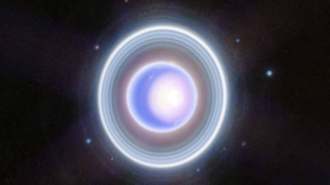 Planetary Science
Planetary ScienceUranus may have looked weird when NASA’s Voyager 2 flew by
A solar wind event days before the NASA probe flyby in 1986 may have compressed the planet’s magnetosphere, making it look odder than it usually is.